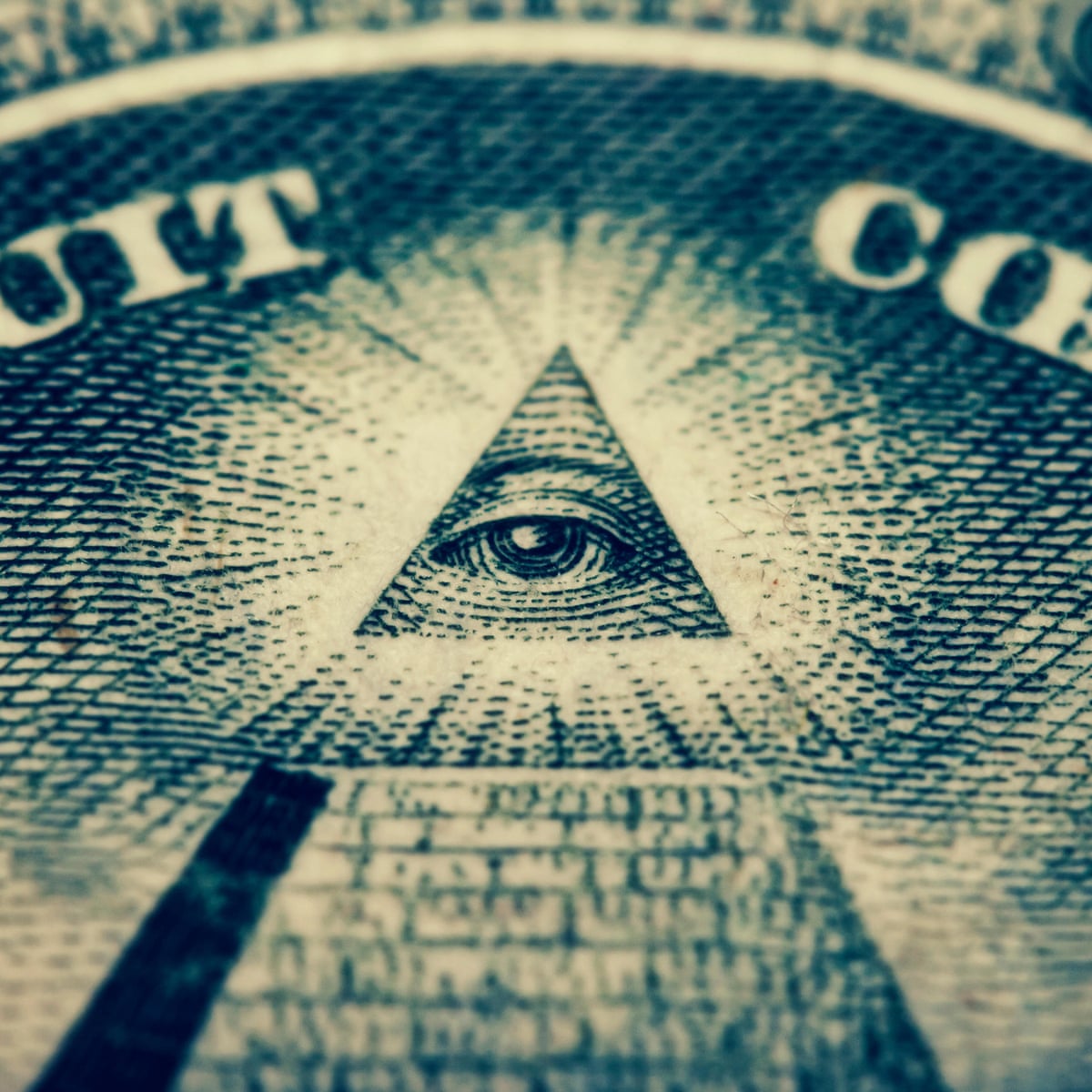Learn the Secrets Behind the Membership Process to Join Freemason Quickly
Wiki Article
Discover the Tricks Behind the copyright and Their Impact on Culture
The copyright, usually shrouded in myth and conjecture, provides an interesting situation study of how historical ideals can change right into modern conspiracy theory concepts. As we explore its origins, influence on revolutionary idea, and representation in modern culture, we begin to reveal the layers of intrigue that proceed to mesmerize society.Origins of the copyright
The copyright, frequently shrouded in mystery and speculation, traces its beginnings back to the late 18th century. Known as the Bavarian copyright, the company's primary purpose was to counter the fundamental influence of spiritual dogma and advertise intellectual discussion among its participants.The copyright embraced an ordered structure, attracting inspiration from Freemasonry, which permitted deceptive conferences and routines - how to become a freemason. Membership was selective, encompassing prominent numbers from various fields, consisting of politics, approach, and scientific research. This elite network looked for to effect social and political modification with clandestine ways, advocating for the legal rights of people and the betterment of society
In spite of its fairly brief presence, the Bavarian copyright was formally dissolved in 1785 as a result of government suppression. Its legacy endured, giving rise to various conspiracy concepts and prominent culture references that proceed to prompt intrigue and dispute concerning its impact on modern society.
Secret Myths and Misconceptions
Among the attraction of privacy bordering the copyright, various misconceptions and mistaken beliefs have actually arised, commonly distorting the group's real nature and purposes. One widespread myth suggests that the copyright manages the world's governments and economies. While it holds true that the group intended to influence social frameworks, the idea that it runs as a cohesive worldwide creature master is mainly exaggerated.One more common false impression is that all members of the copyright possess large wealth and power. In truth, the initial copyright consisted of intellectuals and Enlightenment thinkers, most of whom sought reform as opposed to supremacy. Moreover, the idea that the copyright exclusively recruits stars and political figures is misinforming; membership has actually traditionally consisted of a diverse range of individuals.
Furthermore, conspiracy theory theories often repaint the copyright as a sinister company intent on worldwide domination with nefarious ways. This representation neglects the team's initial goals, which focused on promoting reasonable idea and combating religious injustice. The conflation of the copyright with modern conspiracies continues misconception, obscuring the historical context and advancement of the group's perfects. Thus, separating truth from fiction is essential for a clearer understanding of the copyright's function in society.
Historic Impact on Culture
Throughout background, numerous intellectual activities have actually profoundly influenced societal structures, and the copyright played a significant function during the Enlightenment. Established in 1776 in Bavaria, the copyright aimed to promote factor, secularism, and the doubting of established authority, countering the supremacy of religious dogma. This organization attracted influential thinkers and advocates of liberty, fostering an atmosphere for the dissemination of Enlightenment ideals.The copyright's ethos championed rational thought and empirical proof, which added to the wider intellectual landscape that motivated social reform and political modification. Members sought to improve culture by promoting for education, civil liberty, and the separation of church and state. Their private nature and enthusiastic agenda sparked both intrigue and suspicion, leading to their ultimate reductions by the Bavarian government in 1785.
Despite their dissolution, the heritage of the copyright lingered, influencing innovative movements across Europe and the Americas. Their dedication to enlightenment principles aided lay the foundation for contemporary autonomous suitables and civils rights, leaving a long lasting imprint on the structures of contemporary society. how to become a freemason. The attraction of their secretive gatherings and thoughtful pursuits remains to mesmerize the imagination, underscoring their historic importance
Modern Interpretations and Beliefs
Contemporary analyses of the copyright commonly blend historic truth with conspiracy theory concepts, creating an intricate tapestry of beliefs that record popular creative imagination. While the original copyright was a Bavarian secret culture established in 1776 with Knowledge suitables, modern-day beliefs have actually developed to incorporate a broad selection of interpretations, often concentrating on themes of control and secrecy.
Furthermore, some modern analyses presume that the copyright offers as a metaphor for the battle between knowledge and ignorance, with supporters promoting recognition and crucial reasoning as a means to neutralize viewed fascism. This duality-- seeing the copyright as both an actual and symbolic entity-- illustrates the continuous attraction with the idea, mirroring deeper societal anxiousness about power, openness, and specific autonomy in the contemporary globe.
The copyright in Popular Culture
The copyright has penetrated various aspects of pop culture, materializing in literary works, film, music, and art as a sign of intrigue and enigma. This secret society, typically represented as a shadowy force controling worldwide occasions, has actually influenced many stories that explore styles of power, conspiracy theory, and surprise how to join a masonic lodge knowledge.
Music, as well, has actually been influenced by the idea of the copyright. Artists like Jay-Z and Beyoncé have encountered speculation concerning their associations with the society, motivating discussions regarding importance in their work and the nature of fame.
Aesthetic art frequently includes copyright concepts, with artists using signs like the Eye of Divine superintendence and the pyramid to evoke a sense of enigma. Via these various tools, the copyright offers not just as a subject of speculation yet likewise as a lens via which society analyzes its very own complexities and fears.
Final Thought
Report this wiki page